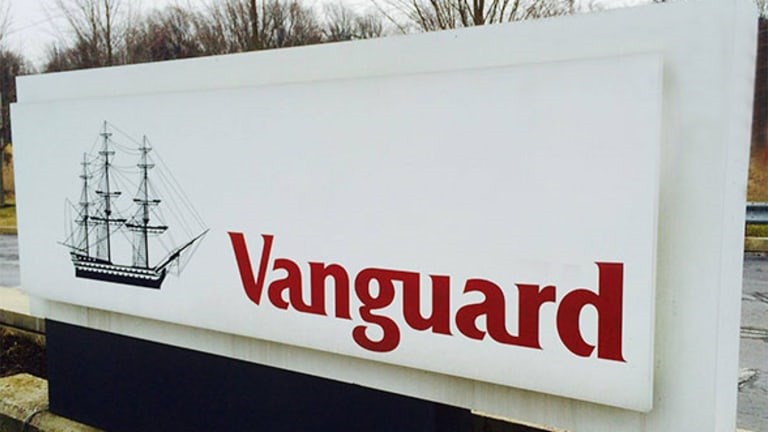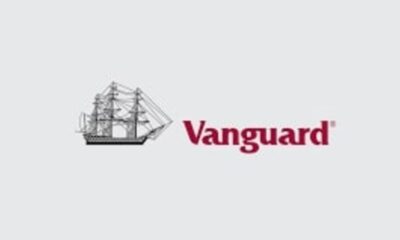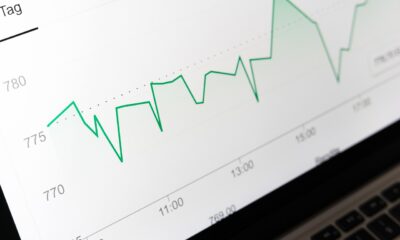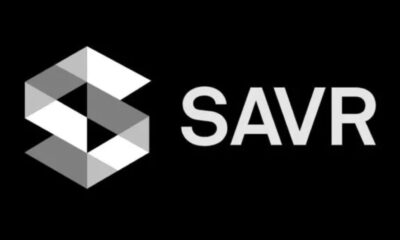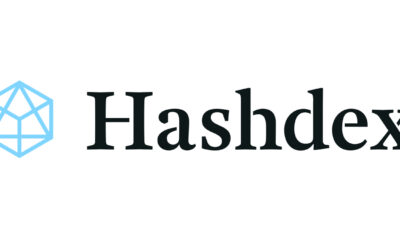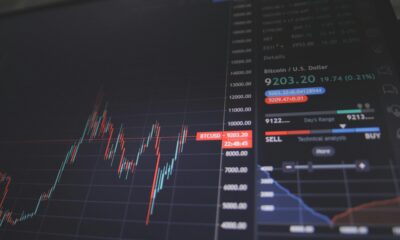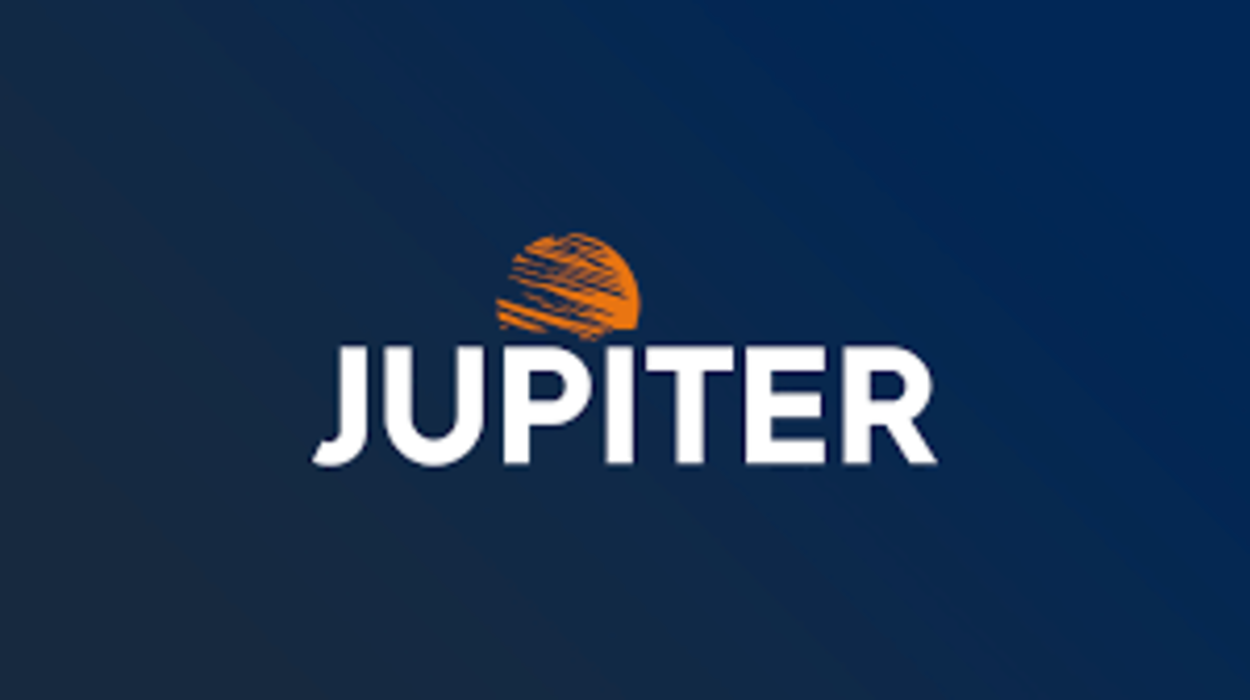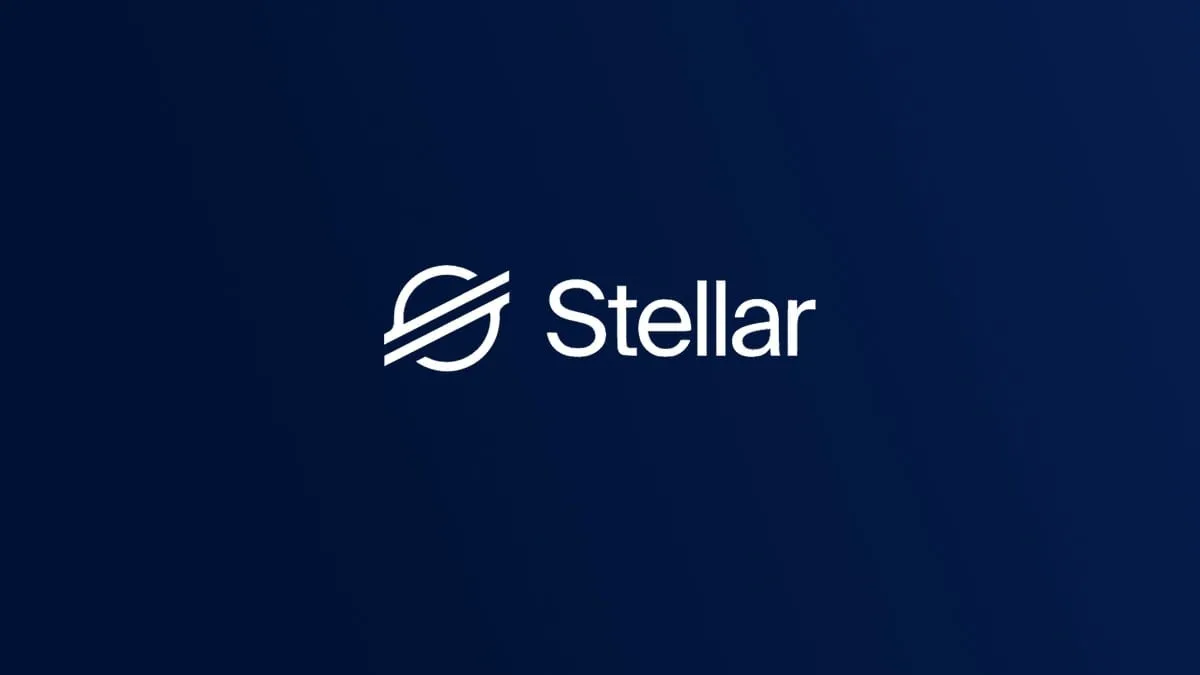Vanguard Group får mycket uppskattning för det massiva inflödet i sina börshandlade fonder. Av goda skäl – i flera år har företaget dammsugit upp pengar och under vissa perioder till och med tagit in mer än resten av ETF-branschen tillsammans. Men den kanten kan gå långsammare och närmare titt på siffrorna avslöjar att dess branschledande inte är så exceptionellt som det kan tyckas.
Nyheten är verkligen bra för Vanguard. Investerare tillförde 134,3 miljarder dollar till Vanguard-ETF under årets första nio månader, enligt ETFGI, en ökning med 73% från året innan. Det är ett brett försprång mot rival BlackRock (ticker: BLK), som tog in 106,3 miljarder dollar, State Street Global Advisors, som såg inflöden på 21 miljarder dollar och Invesco (IVZ), som tog 19,4 miljarder dollar.
För Vanguard är dragningen från årets första nio månader mycket större än de 119,3 miljarder dollar i ETF-flöden som den såg under 2019. Freddy Martino, en talesman för Vanguard, säger att Vanguard behåller sin ledning inom ETF.
Men en betydande del av dessa ETF-flöden är inte pengar som är nya för företaget. Vanguard har en unik struktur: dess börshandlade fonder är faktiskt en andelsklass i dess indexfonder. Ungefär 17% av Vanguards ETF-flöden hittills i år, eller 22,8 miljarder dollar, kom från människor som flyttade pengar från en fond och till ETF-versionen.
Tillbaka utflödena, och Vanguards ETF-inflöde under de nio månaderna var 111,5 miljarder dollar – fortfarande före BlackRock, men mindre bekvämt. Det antyder också att inflödet till Vanguards indexfonder – både fonder och ETF: er – var kraftigt lägre än förra året. Under de första nio månaderna i år tog Vanguard in 60,3 miljarder dollar, eller bara 47% av vad det gjorde under samma period förra året.
Har tagit pengar ur ena fickan och lagt dem i en annan
”Vanguard har tagit pengar ur ena fickan och lagt dem i en annan”, säger Ben Johnson, chef för ETF-forskning på Morningstar. Vanguard har uppmuntrat investerare att byta ut sina indexfonder till ETF under de senaste åren, vilket har minskat kostnaderna för ETF-versionerna av många kärnfonder under de i Admiral-andelsklassen för fonder. (Admiral-aktier kräver en minimiinvestering på 3000 USD och har lägre kostnadsprocent än vanliga Vanguard-investeraraktier.)
Till exempel har Vanguard Total Stock Market Index-fondens Admiral-andelar (VTSAX) en kostnadsprocent på 0,04%. ETF-versionen, med en tickersymbol för VTI, har ett kostnadsförhållande på 0,03%. Det gjorde migrationen ”oundviklig”, säger Johnson.
Detta är det första året på mer än ett decennium då fler Vanguard-indexfonder har fått se en större inlösen än inköp, med utflöden på totalt 71 miljarder dollar under årets första nio månader, enligt en analys av Morningstar. Sedan 22,8 miljarder dollar av detta gick till ETF: er, existerade 48 miljarder dollar faktiskt.
Trenden började, som så mycket av det som hände 2020, i mars. När marknaden kraterade drog investerare 16,4 miljarder dollar från Vanguards indexfonder.
Vissa kan ha blivit så rika att de tar ut pengar
Vad står för återstående utflöden av indexfonder? Johnson säger att det kan vara kunder som drar ut pengar för att de går i pension eller för att de påverkas negativt av pandemin. Kanske väljer vissa aktiv förvaltning när marknaderna blir mer volatila. Vissa kan ha blivit så rika att de tar ut pengar och lägger dem i exempelvis private equity-fonder som Vanguard började erbjuda i år.
Dan Wiener, en investeringsförvaltare som också är redaktör för den oberoende rådgivaren för Vanguard Investors, konstaterar att fonder fortfarande är viktigare för Vanguard än ETF. Vanguard har 1,4 biljoner dollar i sina ETF: er, men de har 6,4 biljoner USD i totala tillgångar, inklusive 1,6 biljoner USD i aktivt förvaltade fonder.
”Jag skulle inte kategoriskt säga att ETF: erna har varit en rungande framgång utom inom ETF-marknaden”, säger Wiener. Till exempel pekar han på Vanguard Small-Cap ETF (VB), som har 13 miljarder dollar i tillgångar, medan de fyra andelsklasserna i den öppna fonden har 61 miljarder dollar. ”För den typiska Vanguard-investeraren som växte upp med öppna ändar och till och med för många institutioner, i många fall vinner de öppna ändarna.”
Ändå markerar detta en fortsatt kulturell förändring i Vanguard, vars lågkostnadsfördel försämras av framsteg inom teknik, branschkonsolidering och ökad konkurrens. Företagets kunder har också förändrats: För att kompensera har det drivit för att göra intrång med finansiella mellanhänder såväl som till ETF. ”Vanguard utvecklas för att bli mer marknadsorienterad”, säger Wiener.
Investerare behöver fortfarande fonder för sina pensionsplaner, av vilka de flesta inte har ETF eftersom det är för svårt att redovisa investeringar som handlas mer än en gång om dagen. ETF tillåter inte heller fraktionerade aktieköp, vilket komplicerar anställdes inköp. Det kan hjälpa till att stoppa trenden.
Vanguards Martino påpekar faktiskt att andelen 401 (k) planer som erbjuder indexfonder och måldatumfonder har ökat stadigt under det senaste decenniet, medan andelen deltagare som använder måldatumfonder – en viktig källa till efterfrågan på index fonder – har också ökat stadigt.
”I slutändan handlar det om investeringsmedlet som uppfyller investerarnas behov på bästa möjliga sätt”, säger han. ”Det är helt i linje med Vanguards grundläggande principer.”

 Nyheter4 veckor sedan
Nyheter4 veckor sedan
 Nyheter3 veckor sedan
Nyheter3 veckor sedan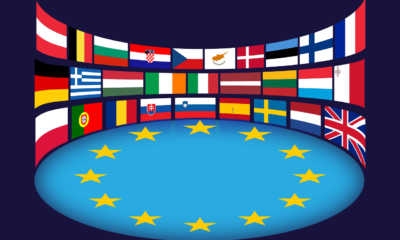
 Nyheter3 veckor sedan
Nyheter3 veckor sedan
 Nyheter4 veckor sedan
Nyheter4 veckor sedan
 Nyheter4 veckor sedan
Nyheter4 veckor sedan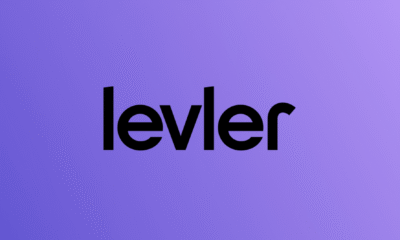
 Nyheter1 vecka sedan
Nyheter1 vecka sedan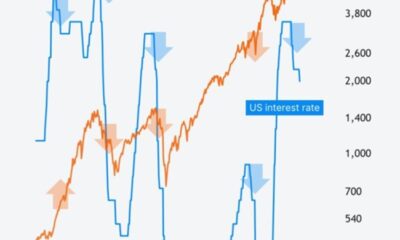
 Nyheter4 veckor sedan
Nyheter4 veckor sedan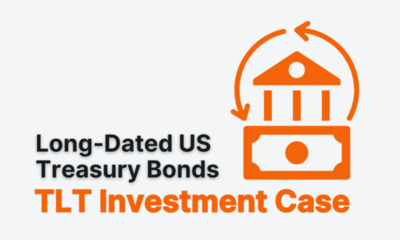
 Nyheter4 veckor sedan
Nyheter4 veckor sedan
